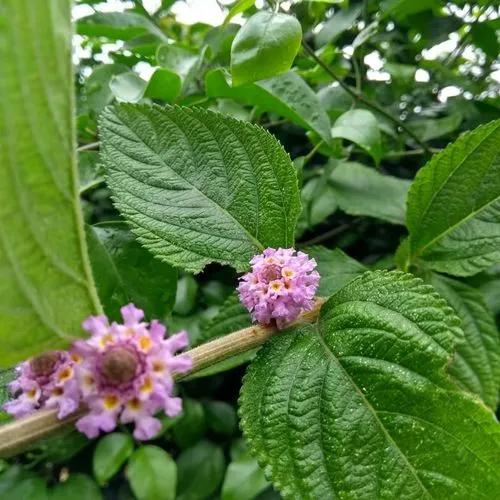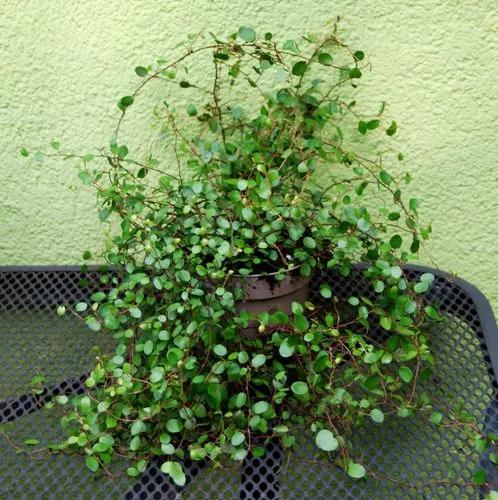Alpinia zerumbet, commonly known as shell ginger, is a perennial species of ginger native to East Asia. They can grow up to 8 to 10 ft tall and bear colorful funnel-shaped flowers. Their leaves are used in cuisine and traditional medicine.
Shell ginger Care
Alpinia zerumbet 'Variegata'



Alpinia zerumbet, commonly called shell ginger is native to eastern Asia. It is a rhizomatous, evergreen perennial that grows in upright clumps to 8-10’ tall. It more typically reaches 4-8’ tall in the greenhouse and 3-4’ tall as a houseplant. It is commonly called shell ginger because its individual shell pink flowers, particularly when in bud, resemble sea shells and its rhizomes have a ginger-like aroma. It is distinguished from other members of the ginger family by the fact that its flowers droop from the ends of leafy stems rather than rise directly from plant rhizomes. Waxy, light pink flower buds open to tubular flowers with yellow inside lips and red throats. Flowers are fragrant. Flowers appear in drooping racemes (to 1’ long) in summer. Lance-shaped green leaves to 2’ long and 5” wide.
How to Care for the Plant

Water

During its growing season, this plant requires plenty of water. Avoid letting the soil dry out completely, but also ensure it is not soggy constantly. It is not a drought-tolerant plant and will suffer greatly without proper irrigation, especially during the summer season.

Pruning

It is important because damaged leaves and stems can actually be an energy drain on your plant. By removing those dead parts, you're taking some of that work off your plant’s plate and allowing it to divert its energy into healthy leaves and new growth!

Fertilizer

Use slow-release fertilizer for container plants. Avoid using too much fertilizer.

Sunlight

All plants require light for photosynthesis, the process within a plant that converts light, oxygen and water into carbohydrates (energy). Plants require this energy in order to grow, bloom and produce seed. Without adequate light, carbohydrates cannot be manufactured, the energy reserves are depleted and plants die. They need 12-14 hours of indirect sunlight.

Soil

A loam soil contains a nice balance of silt, sand, and clay along with humus.

Temperature

The lowest winter temperature this plant can survive outside is -12.2°C (10°F). Inside, normal room temperatures (65°F/18.3°C - 75°F/23.8°C) are suitable.

Container

Choose a pot with drainage holes, which also ensures potting soil doesn't stay too wet after watering your houseplants. The excess can freely escape out the bottom of the container, allowing oxygen to make its way to plant roots.

Popularity

454 people already have this plant 144 people have added this plant to their wishlists
Discover more plants with the list below
Popular articles






